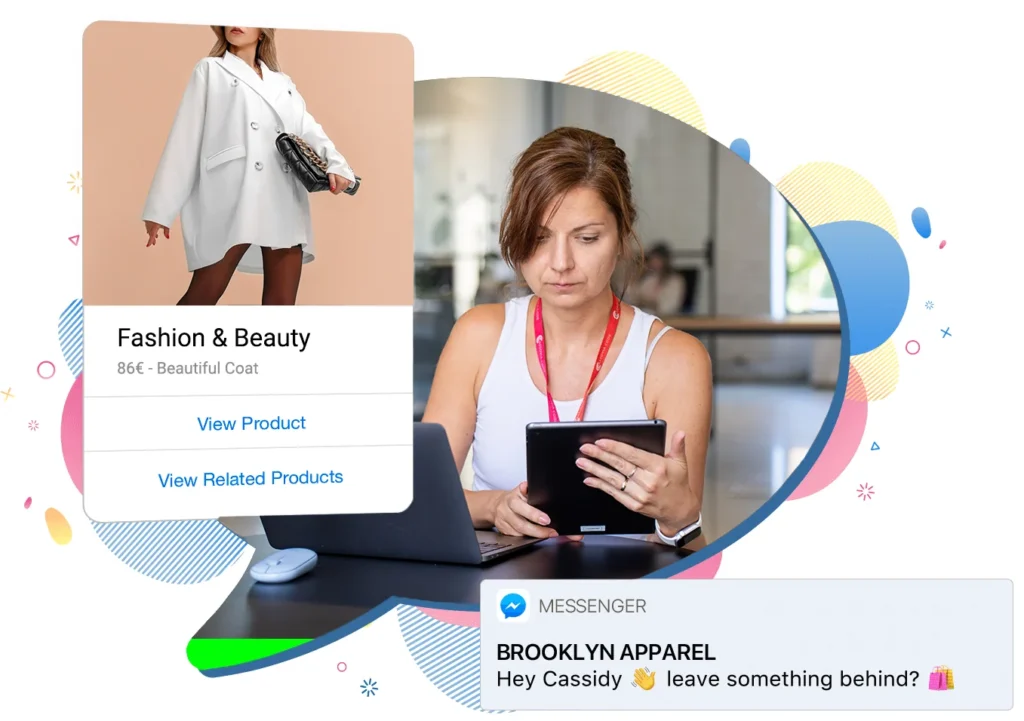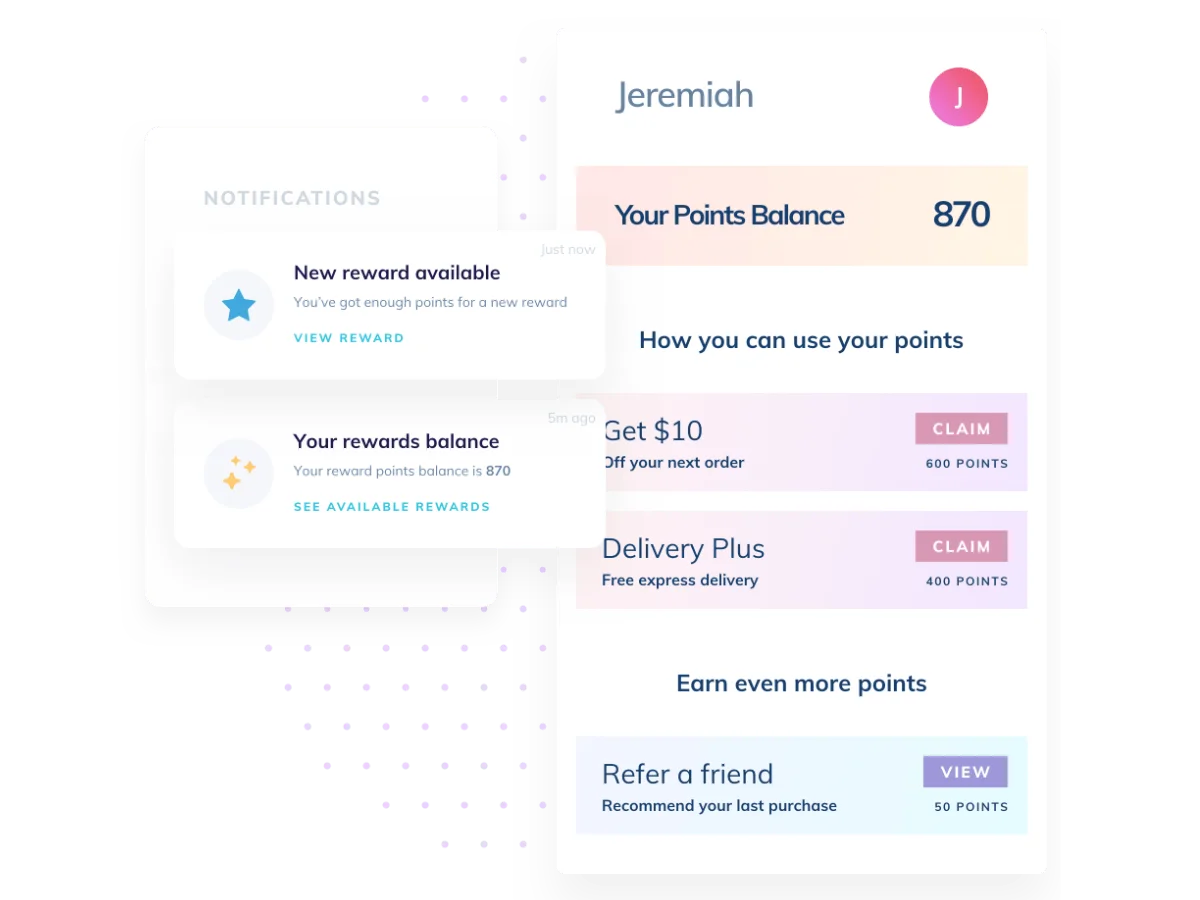As the holiday season approaches with its pre-Christmas discounts and sales, Slovak consumers are eagerly anticipating the peak of the shopping frenzy. A significant uptick in online activity is on the horizon. So, the real question is: Is your e-shop all set for the peak season? What extra measures can you take to guarantee your customers have the best possible online shopping experience?
1. Make sure that your e-shop can handle high traffic
Customers are more impatient than ever before. Up to 70% of consumers admit that a slow website diminishes their willingness to purchase. However, if your e-shop crashes during the busiest period, disaster is imminent. This is precisely what could happen if you don’t thoroughly prepare for so-called flash sales or lightning deals. As part of the preparation, load tests for your online store and all the applications communicating with it via the API interface should be conducted diligently.
Optimizing website speed is crucial and should be an ongoing process, adhering to rules such as optimal image size, minimizing redirects, implementing lazy loading, fixing broken pages, minification, and removing excess code. You can monitor your e-shop’s performance using tools like Google Labs’ PageSpeed Insights.
An absolute prerequisite for handling a surge in visitor traffic is to have your e-shop built on a platform designed for high traffic, such as Shopify Plus.
In the event of an unexpected disaster where your site crashes, it’s essential to know immediately and salvage what you can. A useful tool for this scenario is UptimeRobot, which alerts you to any issues. This way, you can react promptly, contact your platform’s support team, resolve the problem quickly, and minimize customer losses.
2. Optimize your e-shop for mobile devices.
According to the e-shopper barometer, up to 67% of Slovaks make online purchases through smartphones—4% more than the European average. If your e-shop isn’t yet adapted for mobile shopping, you risk losing out to the competition.
In addition to securing mobile UX and responsiveness (using large buttons, full-screen product images, utilizing a hamburger menu), it’s crucial to remove any obstacles hindering potential customers from shopping via their smartphones. If you’re grappling with low conversions in the mobile version of your e-shop or app, try reducing the number of steps in the checkout process to a minimum.

Source: Shop Pay
A tool like Shop Pay, available on the Shopify platform, can assist you in this. Replace the traditional method of entering billing and shipping information with express payments pre-filled with details from the previous purchase. Tools such as Apple Pay, Google Pay, Android Pay, or PayPal facilitate one-click payments. Always consider your customers and also incorporate payment methods they prefer, ensuring a seamless and convenient checkout experience.
3. Save Abandoned Carts
The percentage of abandoned shopping carts for e-shops is extremely high—on average, an impressive 70.19% of purchases end during the checkout process. Various reasons contribute to this, from lengthy multi-step purchases and required registrations to unsuitable payment methods, unsatisfactory delivery options, and unpleasant surprises in the form of high additional fees.
The most effective way to recover a lost customer is through email marketing, where tools like Mailchimp, Klaviyo, or local solutions like SmartEmailing can be instrumental, offering advanced email automation within a relatively modest budget.
Personalized emails of this nature often boast the highest open and click-through rates among all email marketing campaigns. Additionally, you can send automated SMS or push notifications to customers.
An intriguing innovation is reaching out to lost customers via Messenger. ShopMessage, a newcomer in marketing automation, is exclusively designed for Facebook Messenger, enabling highly personalized conversations with customers.
There are various methods to recover abandoned carts, and employing a combination of these strategies can significantly improve your chances of converting potential customers into completed sales.

4. Save time with automation
For e-shop operators, Black Friday/Cyber Monday marks not only the peak of the season but also an exceptionally stressful period. Leveraging automation can help you eliminate repetitive tasks and focus more on business development. Additionally, automation reduces the risk of human error.
Consider automating marketing activities, such as sending emails, SMS messages, and push notifications (using services like Klaviyo). Back-office tasks like managing inventory, hiding unavailable products, and re-displaying them upon restocking can also be automated. Explore various automation scenarios through tools like Shopify Flow.
5. Foster loyalty after the big sale
While Black Friday/Cyber Monday discounts attract a large number of new customers, the ultimate goal for an e-shop is to have a high number of returning customers. A loyalty program is an excellent tool for encouraging repeat purchases and capturing new visitors during sales events.
Our recommendation is to try out LoyaltyLion, an app that seamlessly integrates with the popular e-commerce service Shopify, as well as automation email marketing applications like Klaviyo, Mailchimp, or HubSpot.

Source: LoyaltyLion
You can include a reward for a loyal customer in a personalized email or newsletter, an SMS message, or offer it directly in the shopping cart. Providing the option to claim a reward, such as a discount on the entire purchase, with a single click directly in the cart is another way to increase the average order value.




